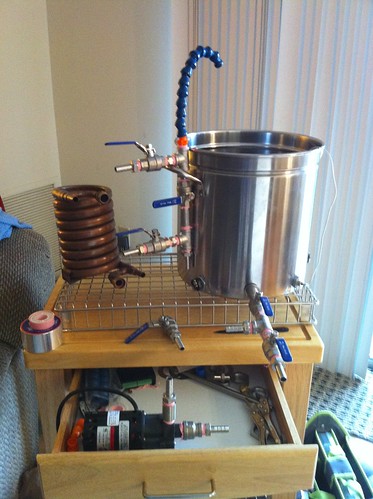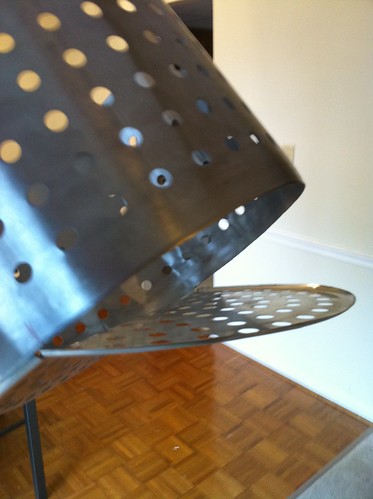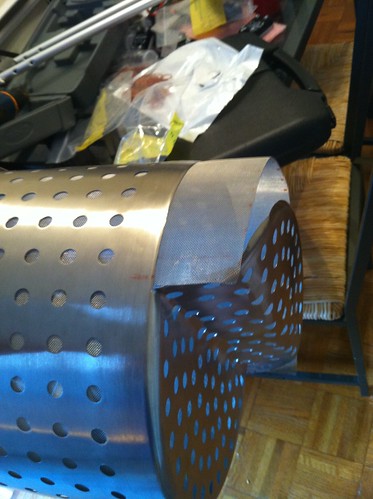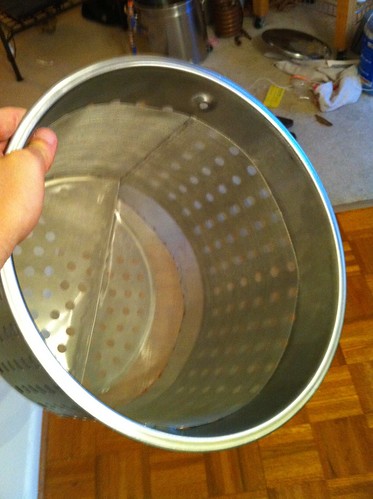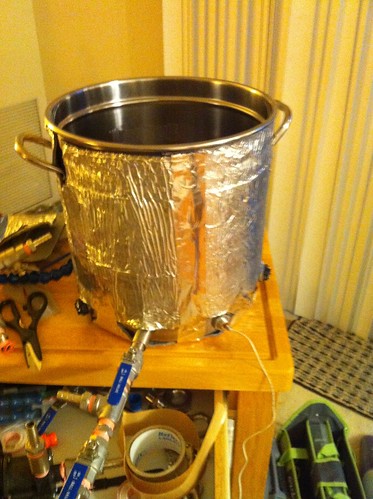Update... I'm about 95% done with this project! Still troubleshooting a number of issues though. It took me a while to realize that SSRs are not mechanical switches. I was originally testing mine by applying a 5V signal to the control part and then seeing if the two primary leads would let a signal pass through (via multimeter) they didn't. After a few minutes of cursing I figured out that they need the 120V to actually be present for them to work.
Hurray! The electronics work.
//Insert pic of pump running
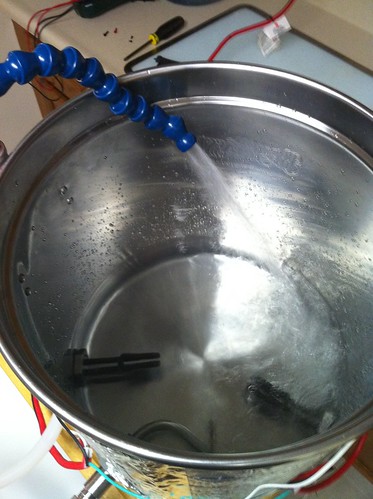 IMG_0079 by mmartz, on Flickr
IMG_0079 by mmartz, on Flickr
//Insert pic of toolbox construction
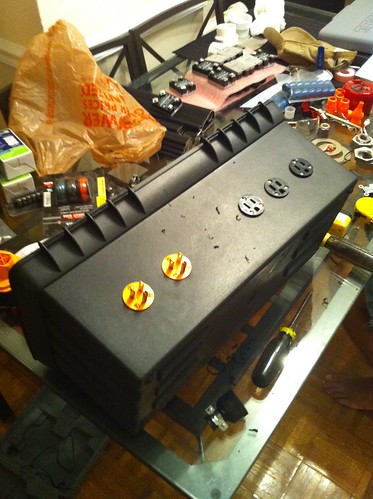 IMG_0080 by mmartz, on Flickr
IMG_0080 by mmartz, on Flickr
 IMG_0086 by mmartz, on Flickr
IMG_0086 by mmartz, on Flickr
In this pic, you can see the switches I use to control things. The small switches enable the BCS460 to control the SSRs (so I can manually override the BCS). The big switches allow me to manually turn ON whatever is attached (bypassing the BCS/BCS doesn't even need to be hooked up). For both sets... the outer ones control the heating elements and the center controls the pump. I can have all 3 on at the same time w/no problems.
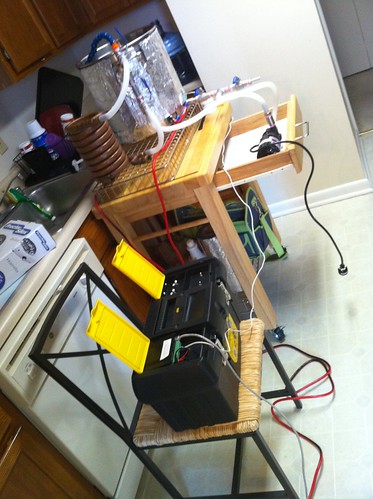 IMG_0085 by mmartz, on Flickr
IMG_0085 by mmartz, on Flickr
Another bug I'm working on is the whole chillzilla issue. I ran clear water through it and it came out DISGUSTING. Apparently someone used this before (got it from ebay) and didn't rinse it very well. Has me a little concerned with whether I trust it or not (right now I don't). Not sure what I'm going to do there...
The last bug would probably be cleaning. Not as easy as I imagined. The kettle is hard to dump because of all the attachments (for the last bit remaining at the bottom) and I have no idea how to properly drain all the hoses.
I did a boil test and it brought a few inches of water up to boil.
What's awesome is the BCS460. I can control everything and see the temperature from my iPad anywhere in my apartment. I can turn on the individual heating elements and run the pump, check the temperature... all from the comfort of my couch.
I messed around with running the pump every once in a while to "stir" the water instead of doing it by hand. That locline is pretty awesome stuff.
I might try and brew tomorrow... at the very least I'll do a clean run and see what happens with the chillzilla. I haven't finished the steamer mod either... will probably just use a grain bag for now. I bought a brew kit (PSA IPA) just to try the system out. I've done enough thinking, didn't want to have to worry about recipes.
If you have any tips on my setup, I'd appreciate it.


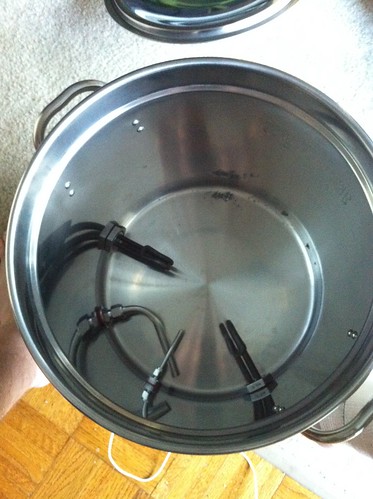
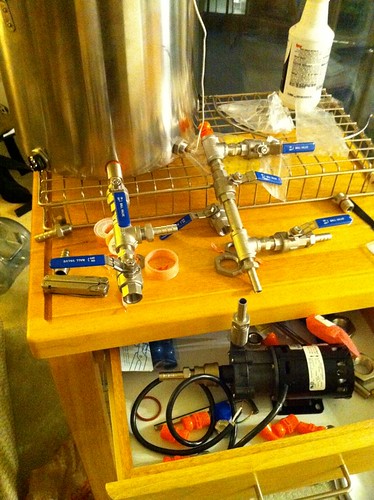


















































![Craft A Brew - Safale S-04 Dry Yeast - Fermentis - English Ale Dry Yeast - For English and American Ales and Hard Apple Ciders - Ingredients for Home Brewing - Beer Making Supplies - [1 Pack]](https://m.media-amazon.com/images/I/41fVGNh6JfL._SL500_.jpg)




